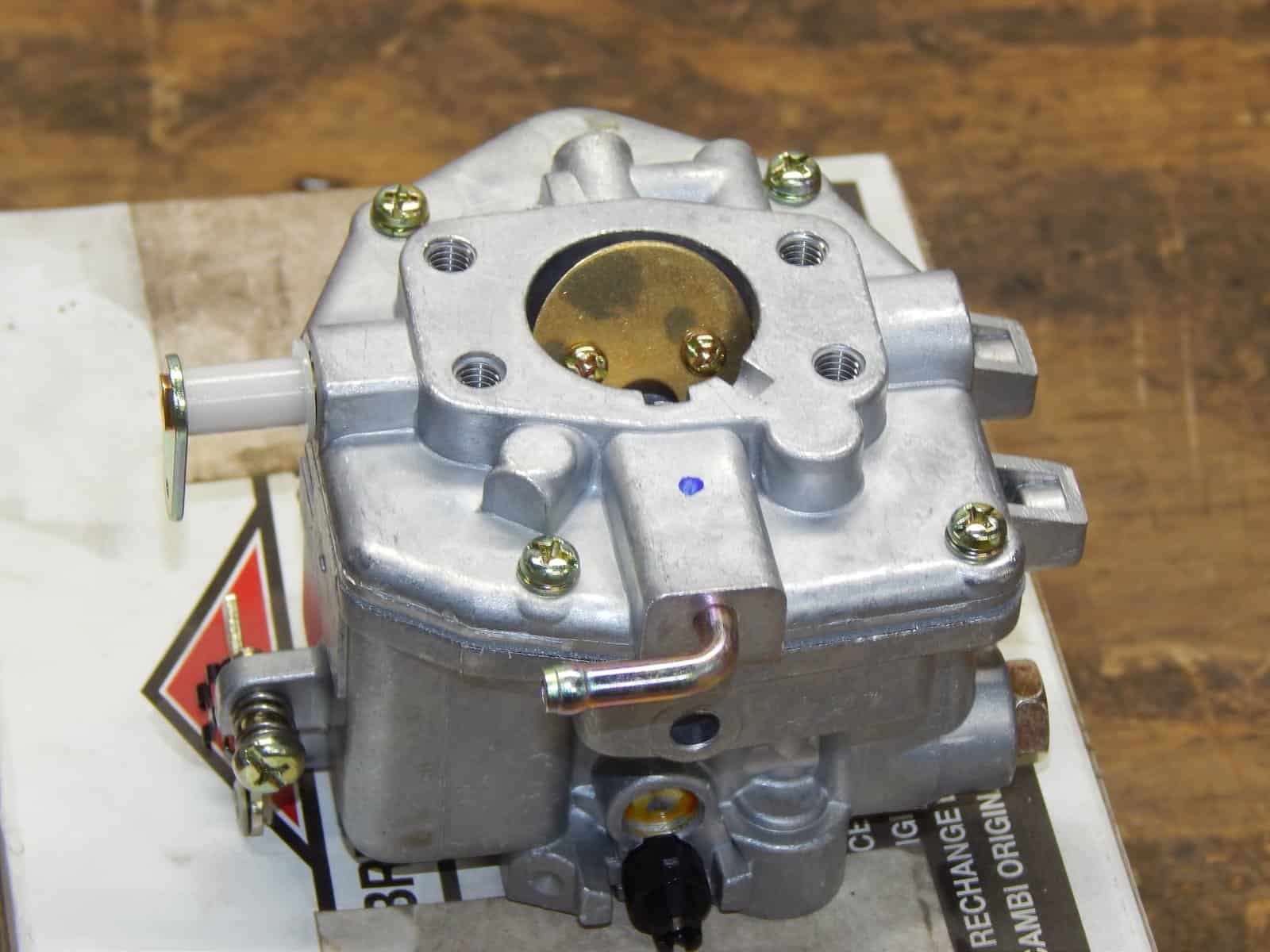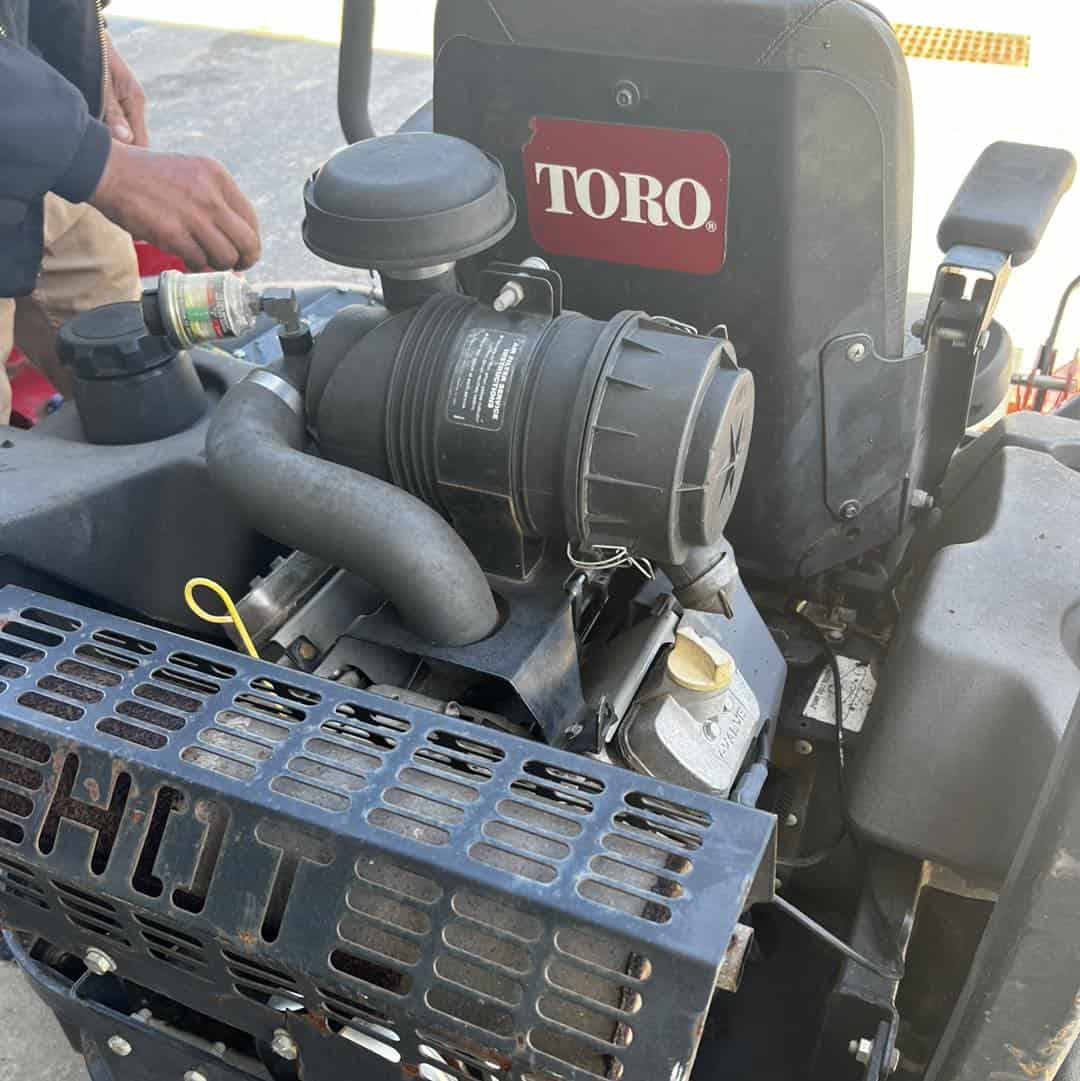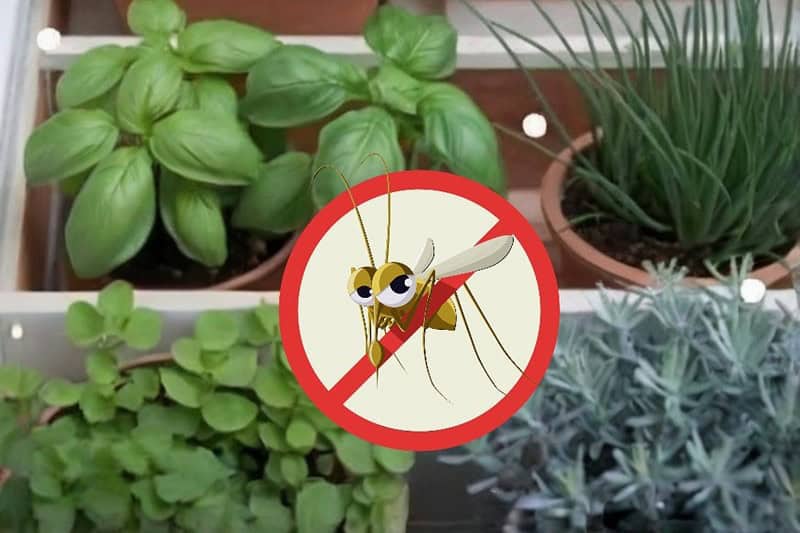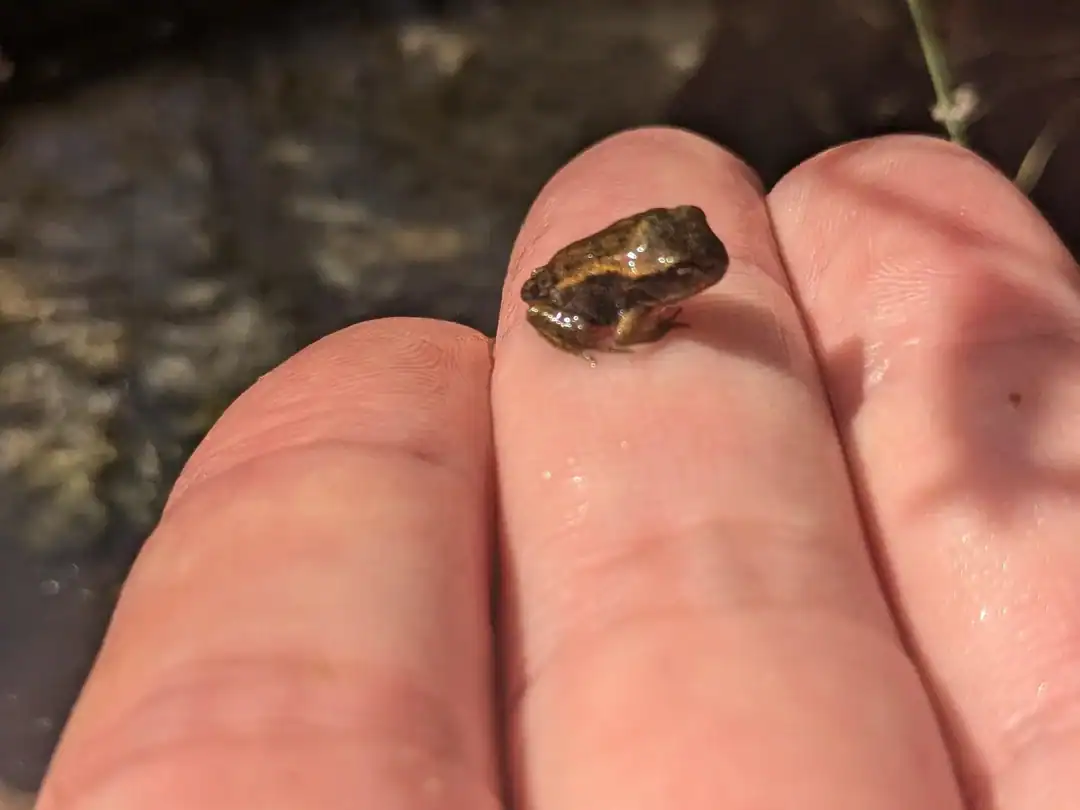Most homeowners with lawns use a lawnmower to keep their grass in good condition.
This way, the weeds and grass won’t overgrow, which keeps the lawn clean, neat, and sharp.
However, besides maintaining the beauty of your lawn, you must consider taking care of your machine, especially its engine.
A commonly asked question among homeowners is: How hot does a lawn mower engine get?
If you are also concerned about this topic, let’s read this article to tackle this issue and learn some maintenance tips!
Contents
- 1 How Hot Does A Lawn Mower Engine Get?
- 2 What Can Affect How Hot The Lawn Mower Engine Gets?
- 3 What Can Happen If The Lawn Mower Engine Overheats?
- 4 How Do You Measure The Temperature Of A Lawn Mower Engine?
- 5 How To Keep The Lawn Mower Engine Cool?
- 6 How Hot Does A Lawn Mower Exhaust Get
- 7 Wrapping Up
How Hot Does A Lawn Mower Engine Get?
The lawn mower engine may get hot while using it. However, the temperature will vary depending on where the engine is. Typically, it may reach 250°F.
The exhaust side of your engine or the cylinder is the part that heats up the most quickly. If you have operated the machine, the temperature may range from 300°F – 350°F.
When it idles, the temperature often reaches 400°F and goes up to approximately 600°F if fully loaded.
It’s worth noting that a properly working lawn mower engine gets hot when it performs a normal phenomenon.
Nevertheless, the heat of an engine will vary depending on several internal and external factors. Let’s keep reading to discover!
Read more: [Top 6] Best Mower For Thick Grass

How Hot Does A Lawn Mower Engine Get
What Can Affect How Hot The Lawn Mower Engine Gets?
Temperature of your mower engine may vary depending on factors, such as:
- The lawn mower version and the manufacturer
- The type and version of engine your machine uses
- The condition of the engine
- The duration you use the machine
- The day’s temperature you operate your mower
- The temperature outdoors
- Your maintenance
- The grass thickness
Read more: Black+Decker BEMW472BH Lawn Mower review
If you use a mower with an air-cooling engine featuring low-quality airflow and periodic maintenance on a sunny day, the heat may reach up to about 300°F.
Moreover, ensure the oil is sufficient before using your lawnmower. Use a dipstick or oil pump to check the level.
If the temperature outdoors is much higher than the heat inside your lawn, the engine may overheat.
The air’s temperature outside may affect the engine’s cooling systems and cause them to be hotter than usual.
The engine will smoke while it is running hot. Blowing gaskets or melting components are further effects of overheating.
If you don’t provide proper maintenance for your machine, the heat may be higher when you use it.
Most lawnmowers use air-cooled engines. Using them is safe, but it’s vital to remember that devices with poor maintenance may operate at a higher heat than others.

Factors affecting the heat
What Can Happen If The Lawn Mower Engine Overheats?
For those who take care of lawns professionally, the summer months mean extra mowing effort, and among the concerns is overheating.
The heat in some areas may make cleaning grass more challenging. Even using a lawn mower, you will encounter issues like overheating engines.
Overheating won’t occur due to air temperature, but hazards will increase when mowing in high heat.
If the engine of the lawn mower overheats, it may show the following symptoms:
- Engine lock-up or shutdown
- Black smoke
- Backfiring when under load
- Engine stalls while being fueled
- Reduce performance
- Engine failure
- Combustion chamber damage
- Piston seizure
If you notice one of the above signs, your machine’s engine gets overheated, and you should take action.

Potential risks
How Do You Measure The Temperature Of A Lawn Mower Engine?
If you want to measure the heat of a mower engine, you can consider the following solutions!
Method 1: You can use an infrared temperature gun. It’s easy to use this equipment. You only need to aim the gun at the oil filter’s surface, primarily pointing to a sticker, because this tool doesn’t work well on a shiny surface.
Method 2: Use a dial thermometer or an oil temperature gauge to check the heat.

Tips for measuring temperature
How To Keep The Lawn Mower Engine Cool?
Let’s apply these recommendations if you are looking for ways to keep your mower engine cool!
Let The Engine Idle
After operating your machine, you should leave its engine idling to assist it in cooling down.
This way, the oil will move through the cylinder and distribute the temperature across the engine, allowing cooling to happen faster and more evenly.
Moreover, it makes it possible for the air cooling system fans to push air across your engine’s surface and lower the engine temperature.
Generally, you should idle from 10 to 30 seconds to support the engine to cool down faster.
Check The Oil
Before checking the oil, you should shut off the engine for a specific period to avoid getting burned.
You can measure the color and level of the oil using an oil pump or a dipstick.
You can change the oil if you notice it has dark color and grains to prevent unwanted issues.
If you decide to do this task at home, you can watch this video to get some guides:
Furthermore, ensure you get the right oil for your engine. Otherwise, some volatile types will cause more heat.
Maintain The Engine
Grime, grass, and dirt may build up on your machine’s top and clogs the air cooling system. Thus, maintaining the outside and inside of your engine’s cleanliness is crucial.
If you don’t know how to maintain the internal parts, you can carefully clean the external ones to help the engine cool down faster.
You should clean your lawn mower to increase cooling time, but it’s advisable to do it very often.
Most manufacturers recommend cleaning and changing the oil after approximately 50 hours.
Depending on how often you use your machine, you should charge the oil for about 2 – 3 months.
Follow The Machine’s User Manual
Each device has different constructions, so how you maintain and cool your engine may vary significantly.
For this reason, it’s best to follow the user manual to use all warranties from the manufacturer and protect the engine from potential issues.
Identify The Cooling System Of Your Machine
Your device may use liquid-cooled or air-cooled systems, depending on the model and engine size.
You need to know which cooling system your mower uses to apply proper methods to cool it down.
If it’s an air-cooling machine, you should check the oil to determine whether it’s clean for proper operation.
If your device uses a liquid-cooled system, it’s advisable to utilize the correct coolant.
Watch Out For External Variables
If you use your mower on sunny days, it will have to work harder and get overheated.
Moreover, if the grass is thicker and longer, the engine needs to put more effort into completing the task.
Also, pay attention to wet grass, as your machine needs more power and energy to mow through it.
These things cause your mower engine to overheat and require much time to cool down.

Tips for cooling down the heat
How Hot Does A Lawn Mower Exhaust Get
When you use your mower, the part featuring the highest temperature is the exhaust or muffler.
A mower exhaust may reach 300 to 600℉ after operating for a particular time, whether on a push machine or a tractor.
This component gets hot quickly because it lies at the pipe’s end. Also, it’s the area where the combustion gasses flow through before exiting your mower.
Its purpose is to lessen the noise made by the engine’s burning process and stop your machine from backfiring.
Of course, you can operate your device without this component. However, cold air may enter the pipe whenever you turn off your machine.
The engine heat drops suddenly, causing the valves to deform or bend.
Wrapping Up
How hot does a lawn mower engine get? When operating, it may typically get hotter and reach about 250°F.
Some parts, like the cylinder, will heat faster and get a higher temperature of 300°F to 350°F. If the machine idles, the heat may go up to 400°F or even 600°F when fully loaded.
Most importantly, finding ways to cool down the engine would be best. Otherwise, it may cause serious problems while you use your machine.
If you have further questions, please feel free to leave them below.
Thanks for taking the time to follow this post!






